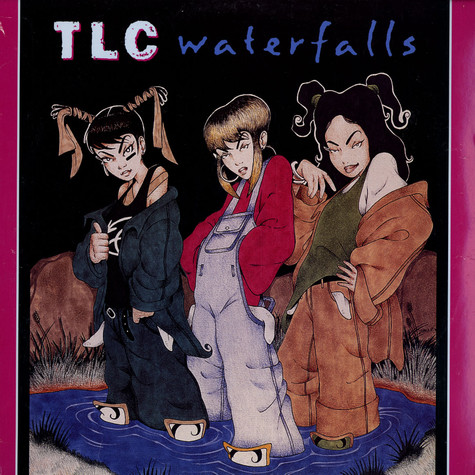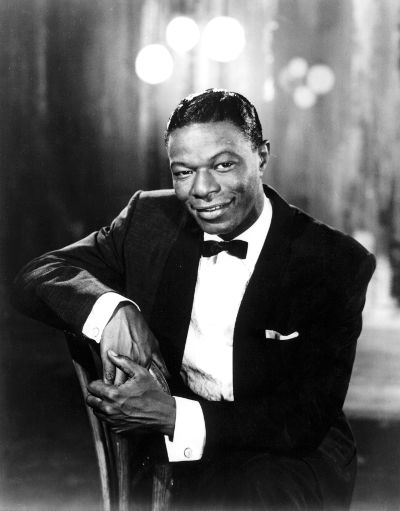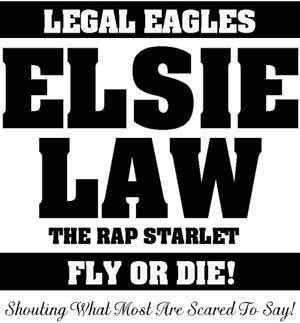Music History Fact: Concept Albums
Beverly Johnson On Samba Music
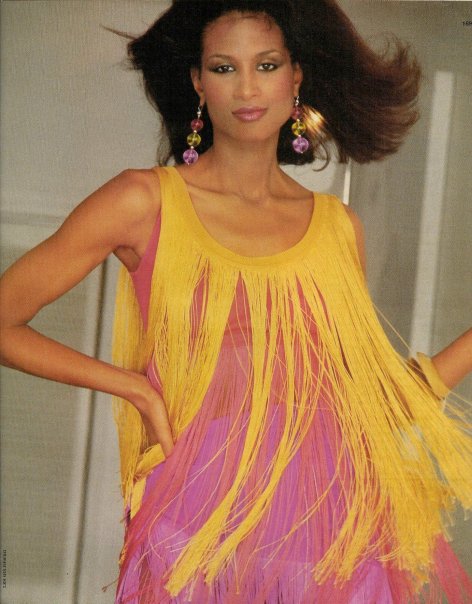 In her autobiography, Beverly Johnson discusses falling in love with samba music during her month-and-a-half photo soot on Brazil: “We shot a variety of photo layouts during the six weeks in Brazil, but I also managed to fit in samba classes every day. I fell in love with samba, a distinctive kind of music with African roots that really took off at the beginning of the twentieth century in Rio de Janeiro. That music was strongly influenced by the immigrant population from the Brazilian state of Bahia, and it later inspired the dance that shares its name. Learning it brought me a great deal of joy.”
In her autobiography, Beverly Johnson discusses falling in love with samba music during her month-and-a-half photo soot on Brazil: “We shot a variety of photo layouts during the six weeks in Brazil, but I also managed to fit in samba classes every day. I fell in love with samba, a distinctive kind of music with African roots that really took off at the beginning of the twentieth century in Rio de Janeiro. That music was strongly influenced by the immigrant population from the Brazilian state of Bahia, and it later inspired the dance that shares its name. Learning it brought me a great deal of joy.”
Which Famous Football Player Was Natalie Cole’s College Classmate?
 In her autobiography, Natalie Cole briefly talked about going to college with OJ Simpson. They both attended USC. Natalie Cole said that she became friends with OJ Simpson. She also said she was impressed by him. He was the school’s football hero. She said that they first met each other when he almost ran over her in front of the school’s library. They remained friends since their first meeting on campus. She even visited him, and his first wife, when he played for the Buffalo Bills.
In her autobiography, Natalie Cole briefly talked about going to college with OJ Simpson. They both attended USC. Natalie Cole said that she became friends with OJ Simpson. She also said she was impressed by him. He was the school’s football hero. She said that they first met each other when he almost ran over her in front of the school’s library. They remained friends since their first meeting on campus. She even visited him, and his first wife, when he played for the Buffalo Bills.
Music History Fact Of The Week: Adam Clayton Powell Jr. & Fats Waller
Music History Fact Of The Week: Natalie Cole
The Start Of The Black Underground Music Scene In New York
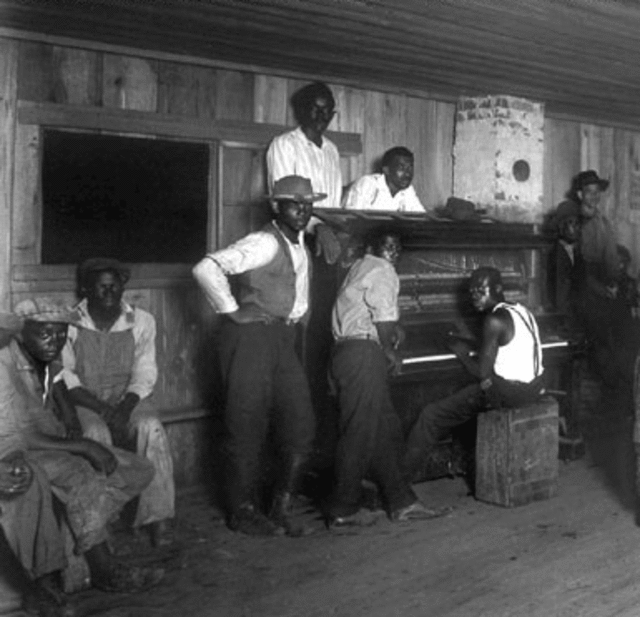 “There had, of course, been slave music and dancing in the city in the colonial period, but there had always been limits to these activities: No matter how successful black New Yorkers were at testing the limits of their bondage, they were still slaves, usually living under their owners’ direct supervision. The exhilaration of recently won freedom, the shucking off of petty restrictions, the establishment of independent households, and the influx of blacks with diverse experiences in Africa, the Caribbean, or elsewhere in the United States was a potent mix that would influence the contours of black New York culture, particularly music and dance. As slavery gradually wound down, black music and dance found a new venue and, in the case of New York, that venue was literally underground.”-From, “Slavery in New York”
“There had, of course, been slave music and dancing in the city in the colonial period, but there had always been limits to these activities: No matter how successful black New Yorkers were at testing the limits of their bondage, they were still slaves, usually living under their owners’ direct supervision. The exhilaration of recently won freedom, the shucking off of petty restrictions, the establishment of independent households, and the influx of blacks with diverse experiences in Africa, the Caribbean, or elsewhere in the United States was a potent mix that would influence the contours of black New York culture, particularly music and dance. As slavery gradually wound down, black music and dance found a new venue and, in the case of New York, that venue was literally underground.”-From, “Slavery in New York”
